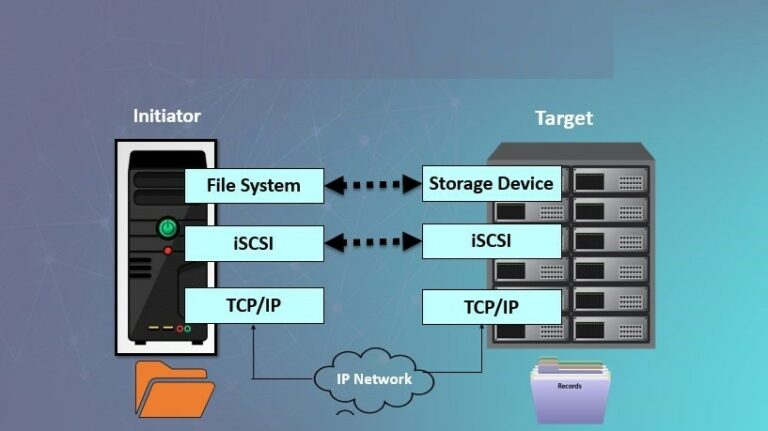There are so many new uses of flash storage coming onto the market that it can be hard to keep up. Here are a few of the more innovative applications.
AutoCache
Most solid-state implementations today are packaged into a disk-drive form factor and plugged into a RAID controller. But AutoCache takes the approach of offering a software-based fast virtual cache to eliminate I/O bottlenecks in virtual machines. Produced by Proximal Data, AutoCache uses a flash device installed in the server as a local cache. This device can be either a PCIe Flash card or a solid state disk (SSD) supplied by one of the company’s partners, such as LSI, Micron or Intel. The ideal size of the cache is workload dependent, but in the broadest use case, it will be for cache sizes in the 400 GB to 500 GB range. It is priced at $999 for this size of cache.
“AutoCache increases VM density, efficiency and performance,” said Rich Pappas, Proximal Data’s vice president of business development. “It can increase VM density two to three times with no impact on IT operations.”
The product plugs into VMware’s ESXi hypervisor, where it inspects all blocks from all VMs and places hot I/O into a local PCIe flash card or SSD. It requires no agents for guest OSs and supports vMotion, vSphere and vCenter. Note, however, that AutoCache is not intended for use in bare metal servers.
NexGen n5
By leveraging PCIe solid-state in the n5 systems, NexGen seeks to improve performance by placing solid-state next to the CPU. NexGen Storage has expanded its n5 Series to add more performance and capacity in the same footprint. It delivers PCIe SSD storage system with Quality of Service (QoS) to ensure application performance.
“NexGen’s PCIe solid-state architecture avoids performance bottlenecks, offering the best price/performance ratio of any midrange storage solution,” said Chris McCall, vice president of marketing at NexGen Storage. “It comes with thin provisioning features to ensure optimal capacity utilization.”
The n5-50 provides 50,000 IOPS, 770 GB of solid state capacity and 16 TB of raw capacity. The n5-100 provides 100,000 IOPS, 1,280 GB of SSD and 32 TB, while the n5-150 supplies 150,000 IOPS, 2,400 GB and 48 TB. List pricing ranges from $55,000 to $108,000.
“The n5 systems are best suited for consolidating mixed workload environments that require high capacity and performance,” said McCall. “Example workloads are server virtualization, VDI, SQL Server and email.”
Pure Storage FlashArray
The business proposition of Pure Storage FlashArray is that it offers an all-flash SAN at less than the cost of mechanical disk. It does this by combining SSDs and inline data reduction.
“If mechanical disk and flash memory are the same price, why would you ever by disk,” said Matt Kixmoeller, vice president of products at Pure Storage. “The FlashArray is designed to be general purpose, so it serves most applications well. However, if a dataset is already reduced, or if what’s being stored is compressed digital video, the reduction techniques are unlikely to reduce the data by very much, so the benefit will be less. Despite that, the array will still drastically reduce power and space.”
Up to 100 TB of data can be stored in the FlashArray, depending on the dedupe ratio. On the performance side, it delivers less than one millisecond of latency, 200,000 IOPS and 1.2 GB/s of bandwidth. It is priced at $5-10/GB.
Overland SnapSAN
Scalable to 288TBs, Overland Storage’s SnapSAN 3000 and SnapSAN 5000 are redundant multi-tiered systems. They are certified for Citrix, Microsoft Hyper-V and VMware, and also have built-in VMware API support, as well as a vCenter plug-in.
Use cases include private cloud, IO-intensive environments, and those with compliance needs that require Write Once Read Many (WORM) capabilities. These SnapSAN systems make use of 10K 2.5″ SAS, 15K SAS and SSD. They also provide support for single or dual 1GbE or 10GbE iSCSI, 8Gb Fibre Channel and 6Gb SAS controllers. They come with remote replication, volume cloning, snapshots, thin provisioning, RAID and drive encryption. SnapSAN 3000 and SnapSAN 5000 have a starting price of $13,999.
“With the SnapSAN 3000 and 5000, Overland has brought advanced storage features to the mid-market,” said Randy Kerns, an analyst at the Evaluator Group.
Fusion Extended Memory
In collaboration with Princeton University, Fusion io created a new system called Extended Memory. It is available exclusively for Fusion ioMemory as part of the Fusion-io Software Development Kit (SDK). The general concept is to extend system memory from DRAM onto flash in order to provide more high-performance memory capacity. Extended Memory moves frequently accessed data into memory and, on the opposite side of the coin, it moves rarely accessed data into ioMemory.
“Extended Memory offers a cost-effective alternative to large DRAM installments by allowing applications to extend their in-memory data from DRAM onto ioMemory,” said Vivek Pai, associate professor of computer science at Princeton.






